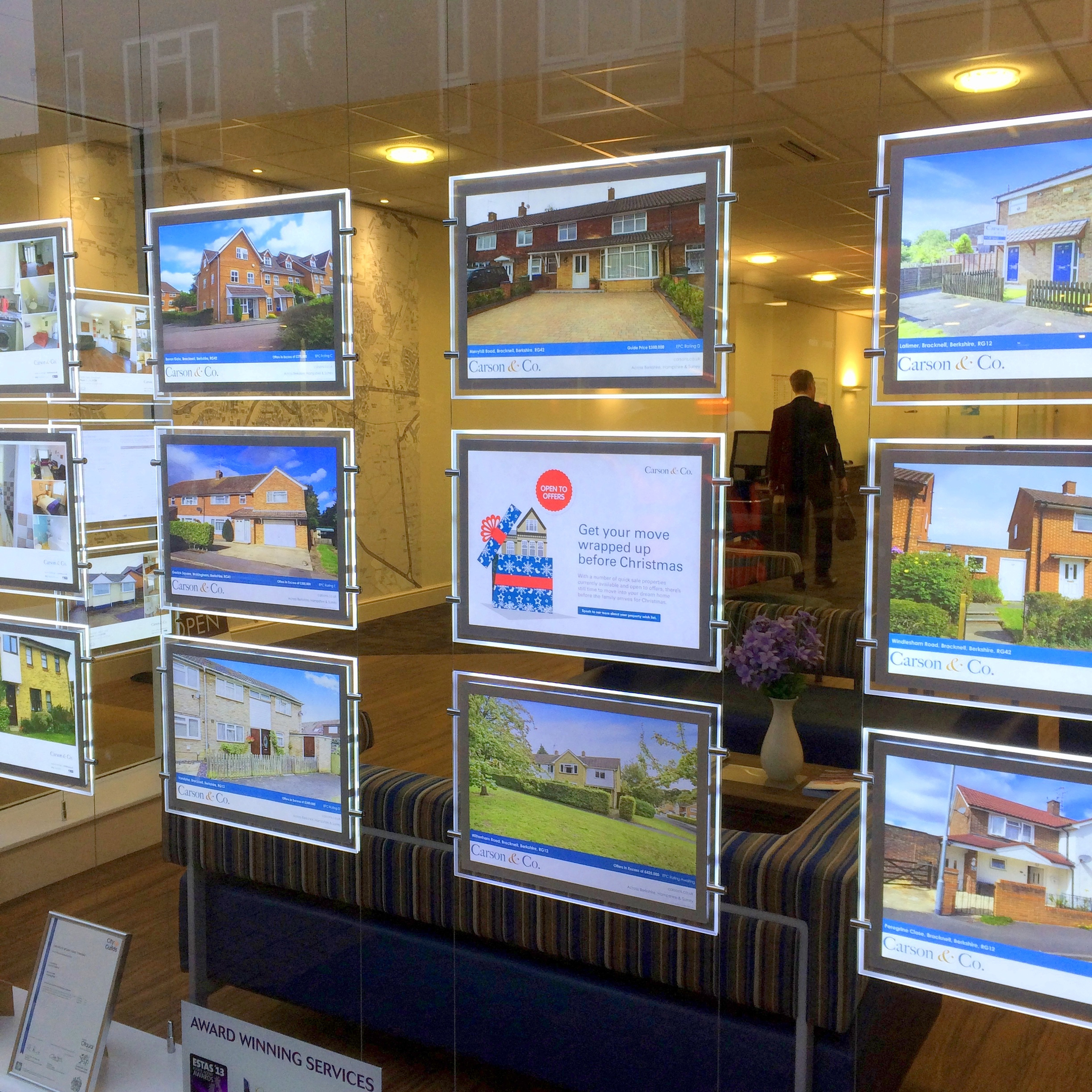
SEVEN in 10 recent first-time buyers ended up purchasing a home outside their original preferred location, a survey has found.
On average, the 70% of people who said they had compromised on location ended up living nearly half an hour away from where they originally wanted to be, Post Office Money found.
Its survey of more than 1,000 people who got on the property ladder in the last two years found that among those who bought elsewhere, the average length of time to drive from where they had purchased a home to the original location where they had started their house hunt was 26 minutes.
While 16% of first-time buyers said they did not have to adjust their expectations at all, others said compromises they had made to get on the property ladder had included being more flexible about a garden, car parking spaces and the structural work needed to the property.
Owen Woodley, managing director, Post Office Money, said: “With average house price growth having increased by 48% since 2005, compared with an increase to the average first-time buyer income of only 37% over the same period, there is no question that the UK housing market remains a challenging environment for many.
“In spite of this we’re seeing that first-time buyers approach the market with enthusiasm and flexibility.”
The Post Office’s analysis, which compared average local house prices with wages, suggests Southampton, Norwich and Nottingham could be particularly affordable areas for first-time buyers looking to get on the property ladder, while those searching in Brighton may find it a particular struggle.
It said that in Bristol, there has been a particularly sharp upswing over the last year in properties generally becoming more unaffordable for first-time buyers.
Post Office Money has also teamed up with technology firm Proportunity to help would-be first-time buyers identify potential property hotspots of the future. They suggest the following tips:
- Identify the more affordable areas of the city or region you want to move to, by looking where property prices are much lower than the city or region’s average.
- Consider avoiding areas that have experienced particularly high house price growth in recent years, as that may suggest potential for future growth has been already exhausted and prices will not grow much going forward.
- Look into whether there are any transformation projects or infrastructural developments planned. These could signal a potential increase in house prices.
- Look at the crime rates in the area to understand the severity of the crime and whether the picture is improving or worsening.
- Find out if there are any developments planned for schools in the local areas. Improvement in the education offering in affordable areas can push house prices up.

Enjoy the convenience of having The Sunday Post delivered as a digital ePaper straight to your smartphone, tablet or computer.
Subscribe for only £5.49 a month and enjoy all the benefits of the printed paper as a digital replica.
Subscribe